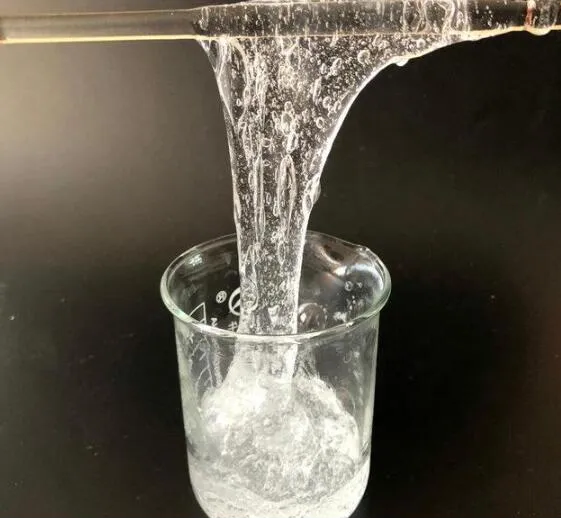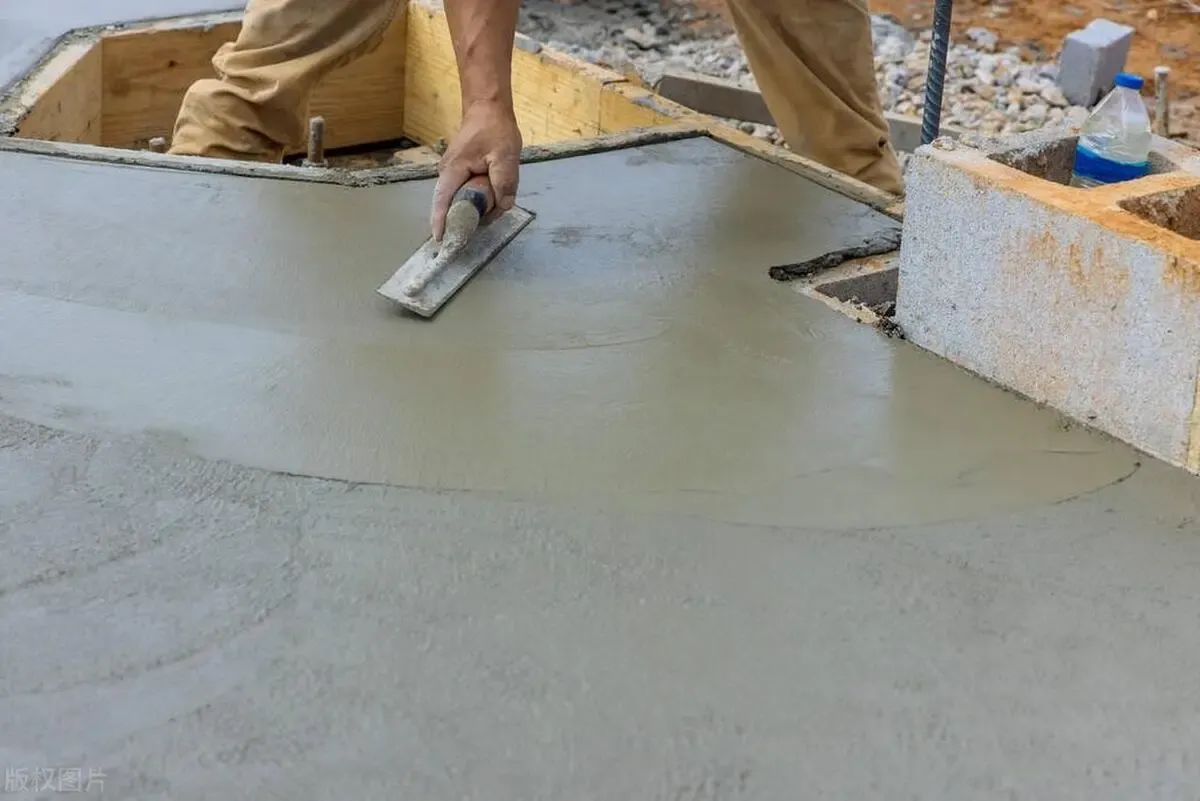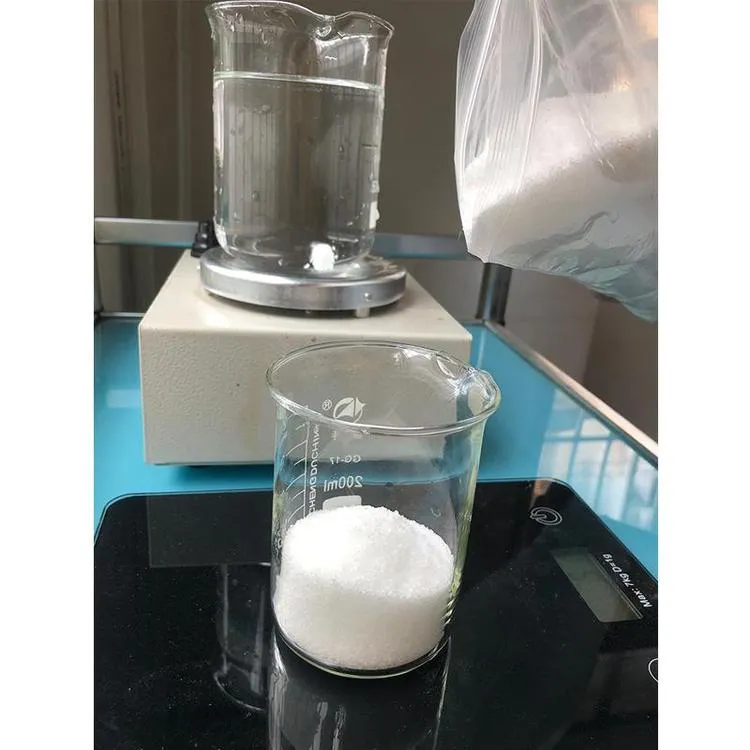
Enhancing Construction Quality with Polyvinyl Alcohol and Polypropylene Fibers
The construction industry has seen significant improvements in material performance, largely due to the use of advanced chemical additives.

The Role of PVA in Modern Plastering and Mortar Applications
One such material is polyvinyl alcohol, which has earned widespread adoption for its exceptional bonding properties and water solubility. For those sourcing high-performance materials, polyvinyl alcohol for sale is available in several commercial grades like PVA 2488 and PVA BP26, which cater to varying adhesion and solubility requirements.
Contractors often begin by applying PVA ceiling before plastering, a crucial step to seal porous surfaces and prevent premature drying of the plaster. This not only increases adhesion but also improves the overall durability of the plaster finish. Similarly, PVA bond for plastering is used to prime interior and exterior walls, ensuring a strong connection between old and new surfaces.
After the initial coating, plaster is applied. Once dry, using PVA after plastering can act as a sealer to prepare the wall for painting or wallpaper. It helps lock in moisture and provides a clean, smooth finish that enhances aesthetic appeal and surface protection.
An emerging trend in plaster and mortar enhancement involves adding PVA to mortar. This method improves cohesion and flexibility, reducing the likelihood of cracking in both fresh and dried mortars. Moreover, PVA-modified mortars display improved adhesion to substrates such as concrete, brick, or stone.
For outdoor applications, exterior PVA for rendering is a weather-resistant formulation that protects exterior walls from environmental degradation. It also enhances the bond between cement render and the underlying structure, helping extend the building’s lifespan.

Advanced Additives: Polypropylene Fibers and the Science of PVA
Besides PVA, construction professionals increasingly rely on polypropylene fibers for concrete. These synthetic fibers are added to concrete mixes to control shrinkage, reduce cracking, and increase overall toughness. The fibers disperse uniformly, creating a micro-reinforced matrix within the concrete that enhances impact resistance and tensile strength.
While the benefits of PVA in construction are widely recognized, understanding its technical aspects is equally important. One of the key parameters is the solubility of polyvinyl alcohol in water, which varies depending on the degree of hydrolysis and polymerization. Highly hydrolyzed grades are less soluble but offer superior mechanical strength, while partially hydrolyzed versions dissolve easily and are favored in applications requiring quick activation.
Before using PVA products, especially in large-scale or industrial applications, professionals must consult the MSDS of polyvinyl alcohol (Material Safety Data Sheet). This document outlines safety precautions, handling procedures, and environmental impacts. Understanding the MSDS helps ensure compliance with occupational safety standards and promotes responsible usage.
As global demand rises, sourcing quality products becomes crucial. A reliable PVA factory not only offers consistent product quality but also supplies various grades like PVA BP26, known for its excellent adhesive strength, and PVA 2488, preferred for its balance of solubility and film strength.

FAQs About Polyvinyl Alcohol and Construction Fibers
1. What should I consider when looking for polyvinyl alcohol for sale?
When sourcing polyvinyl alcohol for sale, consider the specific grade needed for your application. PVA 2488 is ideal for adhesives and coatings, while PVA BP26 is better suited for construction use due to its excellent bonding strength. Always purchase from a certified PVA factory to ensure product consistency and quality.
2. How does adding PVA to mortar improve its performance?
Adding PVA to mortar improves its workability, adhesion, and flexibility. It helps reduce shrinkage cracks and enhances the overall bonding of mortar to surfaces. This results in longer-lasting finishes and better structural performance.
3. When and why should I apply PVA ceiling before plastering?
Applying PVA ceiling before plastering is essential when working with porous substrates. It prevents rapid moisture absorption from the plaster, ensuring a stronger and more uniform bond. This leads to a smoother finish and fewer surface defects.
4. What are the benefits of using polypropylene fibers for concrete?
Polypropylene fibers for concrete are used to control cracking caused by plastic shrinkage and thermal expansion. These fibers improve tensile strength, abrasion resistance, and impact resistance, resulting in more durable concrete structures, especially in slabs, pavements, and industrial floors.
5. What is covered in the MSDS of polyvinyl alcohol?
The MSDS of polyvinyl alcohol includes essential safety information such as hazard identification, first-aid measures, handling and storage instructions, and toxicological data. It is vital for ensuring safe usage in both industrial and domestic environments.
-
Hydroxypropyl Starch as a Sustainable Construction AdditiveNewsNov.24,2025
-
The Gelation Properties of CMCNewsNov.21,2025
-
Redispersible Latex Powder and Water Retention CapacityNewsNov.21,2025
-
Dosage Control for Polycarboxylate Water ReducerNewsNov.21,2025
-
Film-Forming Properties of Polyvinyl AlcoholNewsNov.21,2025
-
The Function of Gypsum Additives in MortarNewsNov.21,2025





















